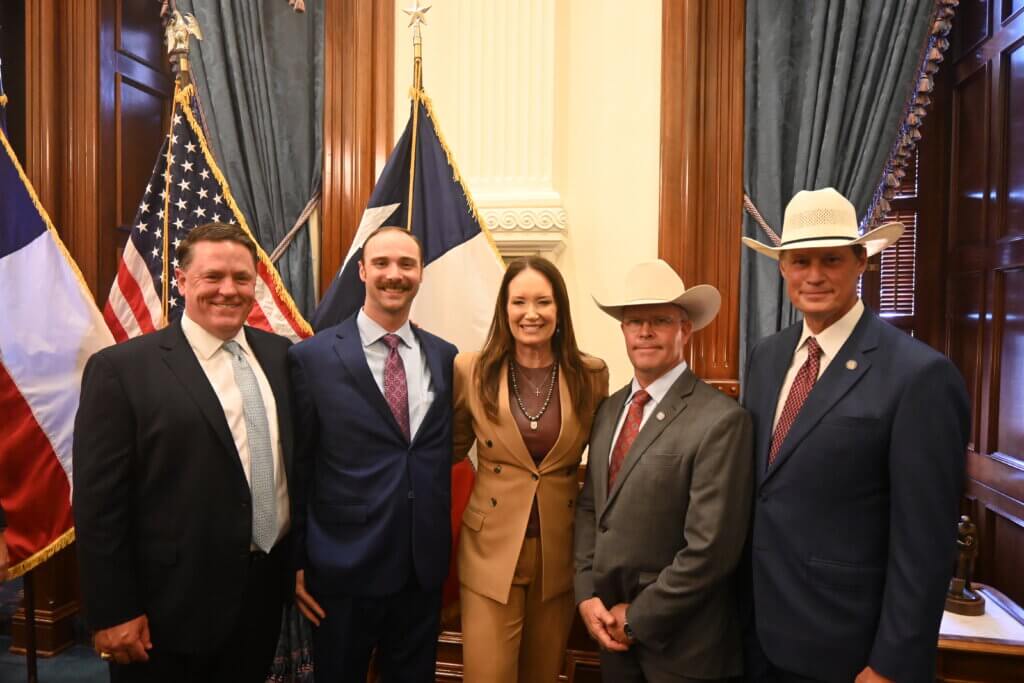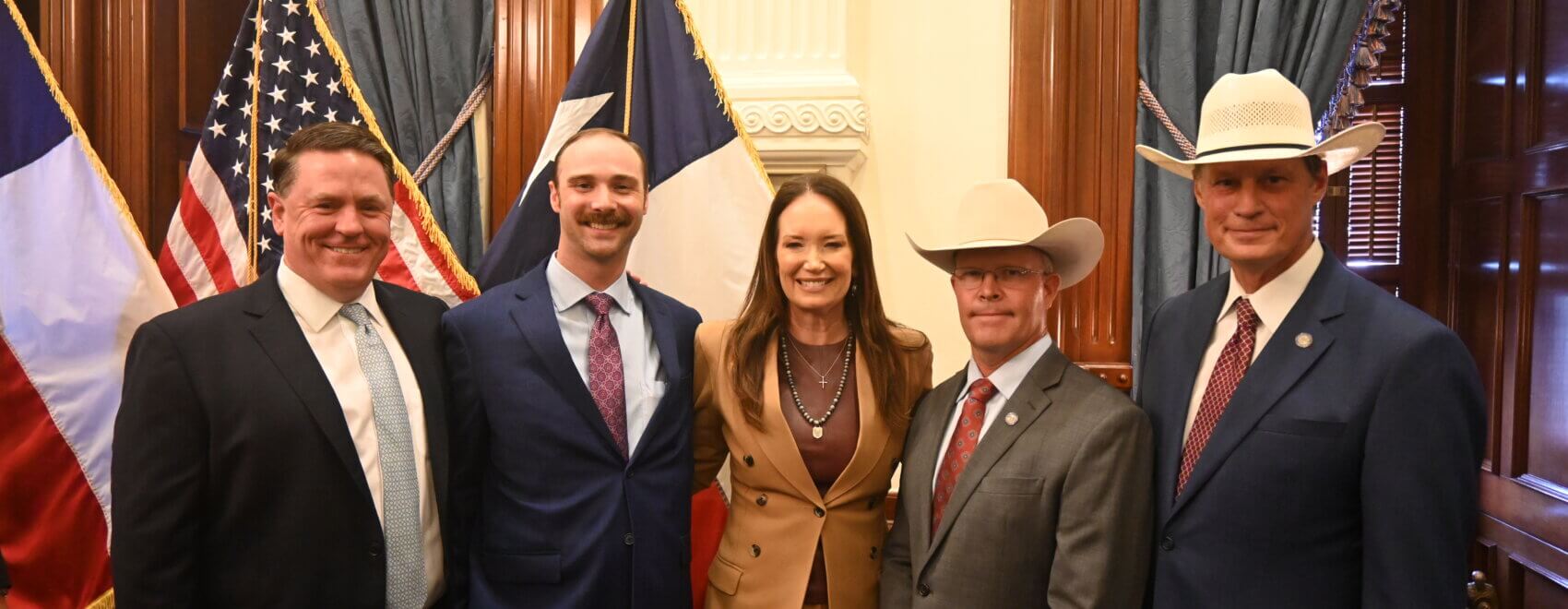Texas sterile fly production facility to be developed

AUSTIN, Texas (August 15, 2025) — U.S. Secretary of Agriculture Brooke Rollins and Texas Governor Greg Abbott together announced an investment of $850 million to combat the threat of New World screwworm (NWS), a pest that is endemic in Central and South America.
This federal funding provides up to $750 million for a domestic sterile fly production facility at Moore Airfield Base in Edinburg, Texas, as well as additional dollars for research. The new sterile fly production facility has a capacity of 300 million flies per week.
Texas & Southwestern Cattle Raisers Association attended the announcement to show the association’s support and emphasize the importance of protecting U.S. agriculture.
“Texas & Southwestern Cattle Raisers Association cannot overstate the significance of funding a domestic sterile fly production facility. Thank you to Secretary Rollins and the Trump Administration for spearheading this effort, and thank you Governor Abbott and the Texas New World Screwworm Response Team for continually positioning Texas for success against the threat of NWS,” said Texas & Southwestern Cattle Raisers Association President Carl Ray Polk Jr.
Prior to this announcement, the U.S. Department of Agriculture (USDA) committed Moore Airfield Base as a dispersal facility for sterile NWS flies which was to be completed at the end of the year. While NWS can be treated, the only proven method for eradication is releasing sterile male flies to mate with wild females collapsing the population over time.
The only sterile fly facility in the world is COPEG in Pacora, Panamá which is currently operating at full capacity, producing 115 million flies per week. The U.S. owned a facility in Chiapas during the screwworm outbreak in the 1960s but it has since been closed.
“TSCRA has long drawn attention to the critical need for increased numbers of sterile flies to push NWS populations back to the Darién Gap. A sterile fly production facility is a warranted investment given the financial consequences to our agricultural economy, wildlife populations and public health,” said Polk.
###

